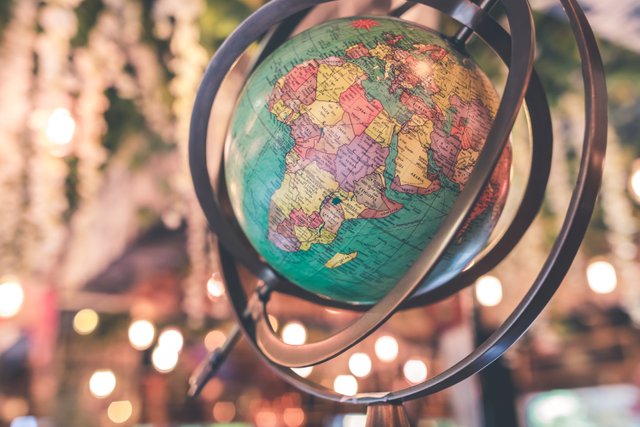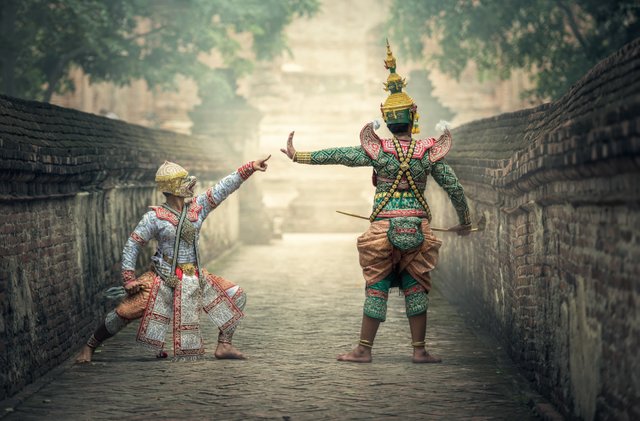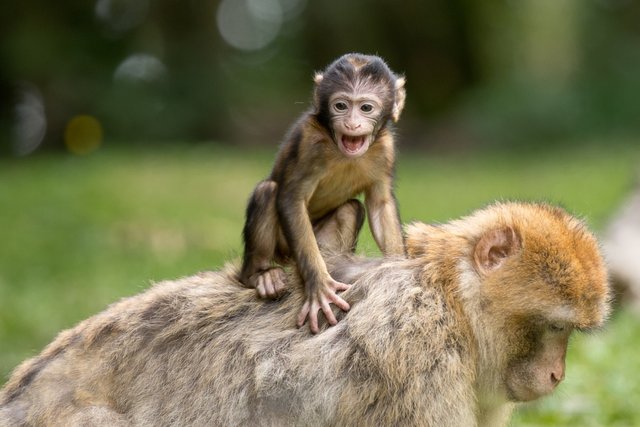Idea#21.1 How do we interact between different cultures with the growing globalization?

This week some changes to the blog will appear. From this week onward every week will have a question as a topic. This week's question is: How do we interact between different cultures with the growing globalization? Every week will have three sub-questions about which I will write articles and post YouTube videos. This week's sub-questions are:
What is culture?
How do we communicate between different cultures?
What problems can miscommunication bring?
Every week's topic will be closed with a Podcast where I will discuss the findings of the week. Enjoy reading, watching and listening!
I’ve found culture always such a fascinating thing. Every one of us is bound to it and if your life more than 200kms away from me, you probably have some cultural differences from me. But even next door, in a different neighborhood you can already have a different culture then I’m used to. With the growing globalization of the world, we keep connecting to more and more people from different places. Many of these people have a different culture than ours, but is their culture worse? Better? Or just different? Can we even judge another culture? Al these question bring up an underlining question that’s just unclear, What is culture exactly?

What is culture?
Culture is most commonly used as a term to describe characteristics and knowledge of a particular group of people, encompassing language, religion, cuisine, social habits, music and arts. It’s basically the full range of learned human behaviours. When we talk about 'culture' there are several layers we can talk about. The first layer is defined by the shared language, traditions, and beliefs that set each of these people apart from others. This can be a ‘western culture’, but it can also be ‘the Dutch culture’. It can be any group that have a shared language (or alphabet), traditions, and beliefs. Each culture has subcultures, which is the second layer of cultures. Subcultures are recognizable by the different traditions, languages (or dialects), and other cultural traits that often come from common ancestral background and/or experience. An example of this can be my Saudi-Arabian friends, who have a subculture of their own. They love food and have different food traditions that are completely different from my culture. Many of them do speak Dutch, living in the Netherlands and do understand how the Dutch culture works. The traditions they have brought from home make them have a subculture. Even people from Saudi-Arabia wouldn't completely recognize my friends their culture as a Saudi-Arabian culture. Since my friends have mixed Dutch culture a bit with their own culture.
The third layer of culture consists of cultural universals. These are learned behaviour patterns that are shared by all humanity collectively. No matter where people live in the world, they share these universal traits:
Communicating with a verbal language, consisting of a limited set of sounds and grammatical rules for constructing sentences.
Using age and gender to classify people (Teenager, man, woman.)
Classifying people based on marriage and decent relationships and having kinship terms to refer to them (wife, mother, cousin.)
Raising children in some sort of family setting
Having a sexual division of labor (Men’s work versus women’s work.)
Having a concept of privacy
Having rules to regulate sexual behaviour.
Distinguishing between good and bad behaviour
Having some sort of body ornamentation
Making jokes and playing games
Having art
Having some sort of leadership roles for the implementation of community decisions.
While all cultures have these and possibly many other universal traits, different cultures have developed their own specific ways of carrying out or expressing them.

Culture effects perceptions
How we perceive things is affected by our judgment skills, preconceived notions, attitude, and emotions. These factors are closely related to our culture. In perceiving something as good or bad, our biases play a role and so does our way of thinking. In judging something as easy or difficult, our attitude and our motivation levels play a key role. Our culture determines the structure of our thinking, which influences our perceptions.
People who belong to cultures that promote individualism tend to look at only the main aspects of a situation, while those of a culture that promotes collectivism tend to consider even the minor details.
Our culture forms the framework for our thought and behaviour. The ideas we often have are caused by values that we’ve learned from our parents. This is what culture does. Women from cultures which dictate that their clothing should cover the entire body and even their faces may think of a skirt or a low-cut dress, as provocative.
These values that we learn are also seen in our behaviours. If a boy never learns to respect women, it will naturally reflect in his behaviour when he gets older. What our culture teaches us affects the way we interact socially. People from some cultures are found to be more open in communicating even with strangers or new acquaintances, while those from conservative cultures may not be so open. There is no better or worse, in this case, it’s just what people are used to.

Non-human cultures?
It’s been discussed by researchers that animals can have cultures as well. It depends on how narrow culture is defined. If it is used broadly to refer to a complex of learned behaviour patterns, then it is clear that we are not alone in creating cultures. Many other species teach their young what they themselves have learned in order to survive. Chimpanzees typically teach their children about several hundred food and medicinal plants. Their children also have to learn about the dominance hierarchy and the social rules within their communities. These rules can be different from each group (with a small margin.) As males become teenagers, they acquire hunting skills from adults. Females have to learn how to nurse and care for babies. In this way, many other animals have their own cultures. It seems like a common survival mechanism animals (like humans) use to make the odds of surviving better for their children.
Final note
It’s to me amazing to see that in the basis of each culture there are at least 12 different traits that each of them has. This means that we care about the same things, we just haven’t found a way to work these things out collectively. Each culture found different ways and rules to deal with those problems and that just amazes me. It also shows that good and bad, or right and wrong are just a perspective with a certain range. There will be certain things that will be seen as bad or wrong in every culture. This means some of our values will overlap, but there will also be things that some cultures will see as bad and others a good or less bad. This raises the question of who is ‘right’? And is there a ‘right’ approach to these problems? Maybe we just need to communicate about it more and more to see which values and reasons we’ve used to come up with the rules we have today.

If I would describe culture, which I will. I would describe it as the social rules we need to connect with each other in groups. These rules are about certain topics that we all care about so much, that when we interact in a group we need rules for them. It are these rules that form our basic values of what is good and right and gives us a framework to look into the world and make up our mind of what we like. When we meet other cultures this can be hard at times, since the rules that we’re used to don’t apply to the other people. This can cause friction, miscommunication and all kind of different problems.
Our culture defines our boundary of thinking at the moment, therefore we must be open to other cultures to widen our perspective of the world. By doing this we will gain a better understanding of how we as humans function. But we will also get a better understanding of how we as an individual function inside this larger structure that we call culture.
One other thing that is similar in every culture is the fact of change. Each and every culture changes constantly. This means that if we change the towards the same direction, we can end up with a global culture. This would take away a lot of problems and judgments about others.
On Wednesday I’ll get into the question of ‘how we can communicate across cultures’. Give me some feedback in the comments and let me know what kind of topics you would like to see in the future. Subscribe if you want to get updates on my next article.